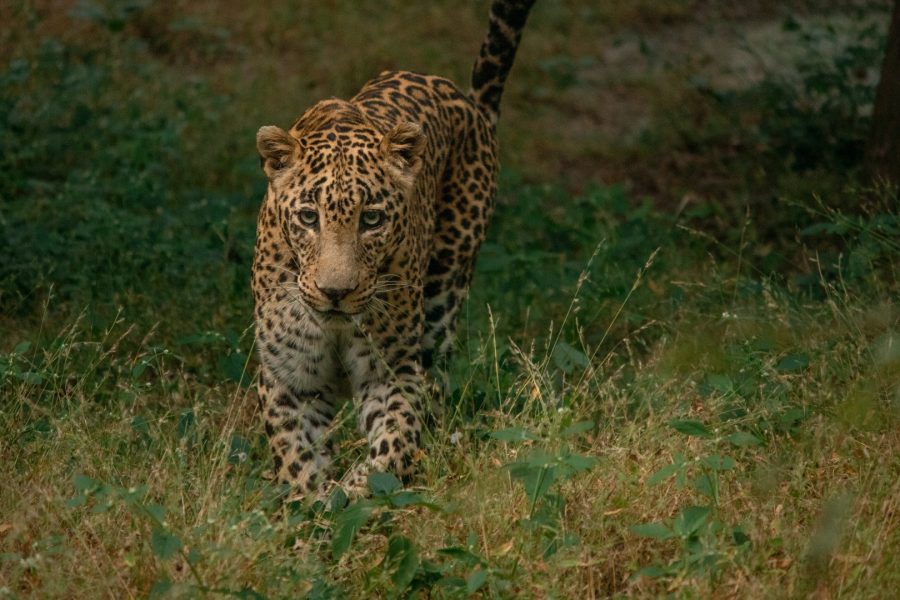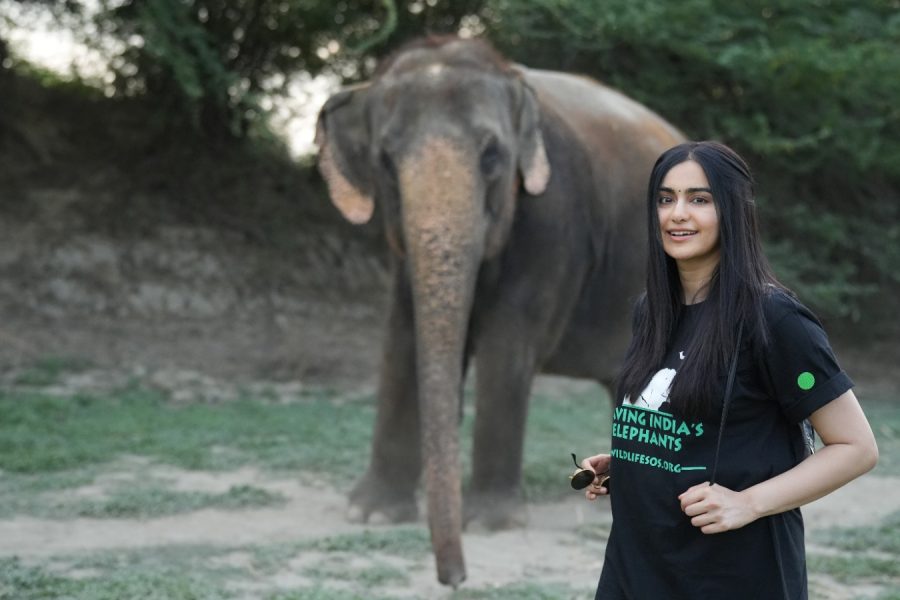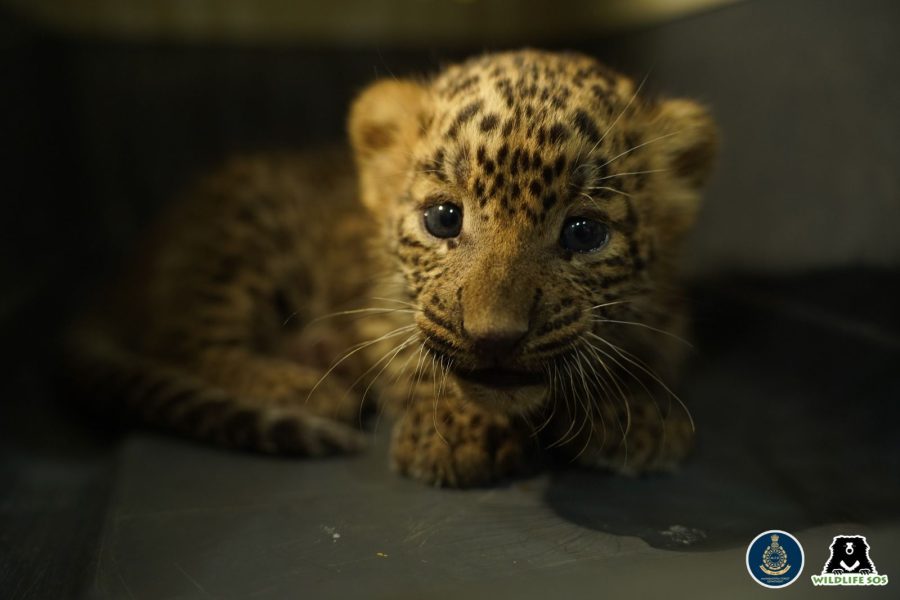The animal kingdom consists of a variety of species that have coexisted for as long as we can look back. Every species has its own fundamental characteristics, behaviour and skills, which they effectively pass on to their young ones to maintain the survival of their kind. Monkey infants, for instance, closely observe the actions of their mothers and begin to mimic them, and this is how the inherent mannerisms of this species are continued.
When it comes to survival tactics, the interrelations between animals in their groups is an interesting subject to explore. One particular species, members of which are widely known to be solitary by nature, has a remarkable social structure that often goes unnoticed. We are referring to the big cats of the wild — tigers. The hunting styles of tigers are effectively inculcated in the cubs under careful maternal guidance, reflecting how strong this social bond is. However, there’s much more about the social structure and hierarchy that exists among tigers.
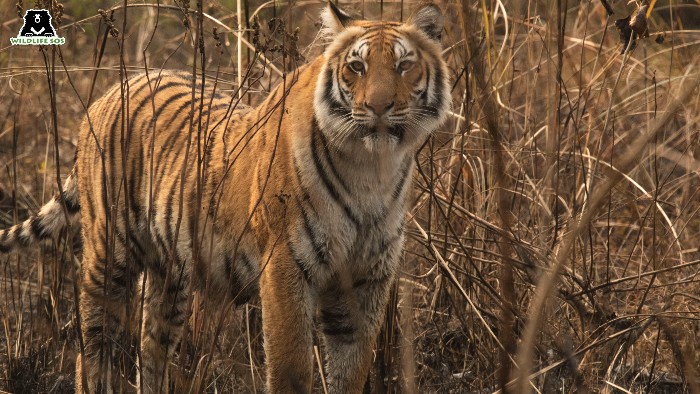
The Social Structure of Tigers!
It is true that adult tigers, both males and females, prefer their own company in the wild, and make sure to mark their individual territories. Unlike lions that hunt in a pride, tigers commonly target their prey alone. But these carnivores do form certain social bonds in a situation when there is a shortage of food in their habitat. In India, a tiger’s success rate of hunting has been found to be low at a range of 5% to 20%. This leads to some tigers, on rare occasions, forming alliances to hunt larger prey, such as a buffalo or a sambar deer. Such a group of tigers is called an ambush.
Tigers also follow dominance hierarchies in their social order. Dominance hierarchy is when the male tiger showcases his supremacy on food, shelter and even the number of mates he can secure. He has to be physically strong so that he can dominate and defend a territory that has adequate space and food resources. This active practice among male tigers is subject to change if the superior tiger’s health declines, or he loses his grasp over resources.
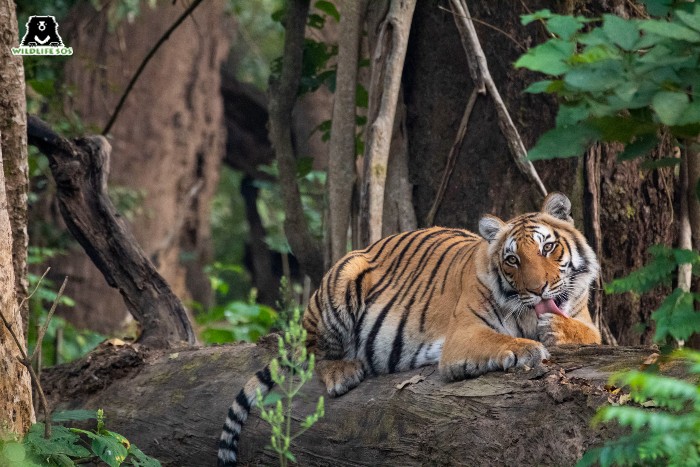
The Dynamics of Mating
Tigers are known to be solitary animals, and interact mostly when they seek to mate. They are polygamous, which means that one male tiger can mate with multiple females in his territory at a time, and similarly, one tigress can mate with multiple male tigers in her lifetime. It is a natural practice that allows for increased genetic diversity within a population, as multiple females are able to mate with a single male. Polygamy therefore can be advantageous for the survival and adaptability of a species.
To attract a potential mate, males emit loud roars and actively indulge in scent marking. Based on the pheromones (chemical signals) secreted by the male tiger, and his hierarchical dominance, the female chooses her mate. After mating, both the male and the female tigers part ways. The tigress finds a quiet and secluded spot to give birth to a litter that comprises two to four cubs.
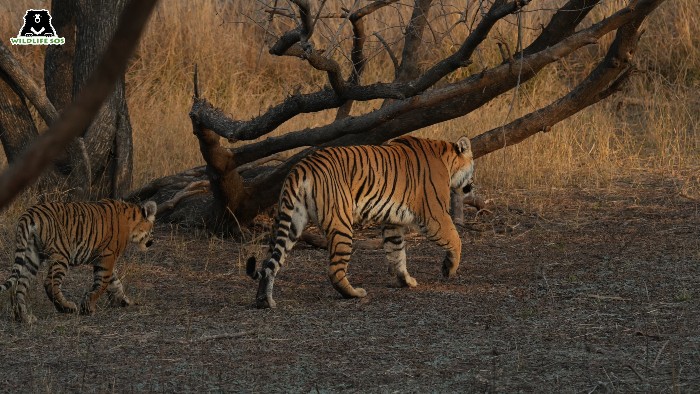
The Mother-Child Relationship!
The relationship between the tigress and her cubs is strong and special. From the moment they are born, the mothers become extremely protective of their defenceless cubs. Along with feeding them, she stands as their guardian for the first two years of their lives, protecting them from potential cub predators such as hyenas, snakes or crocodiles. She also teaches them techniques like stalking and pouncing that they can use to hunt effectively. A group of a mother with her cubs is also known as a streak of tigers.
Along with the lessons on hunting, the streak spends a lot of time on social play. It includes developing the skills of stalking, pouncing and climbing among cubs. Once they have a firm hold on these, young tigers become independent to explore the wild that surrounds them.
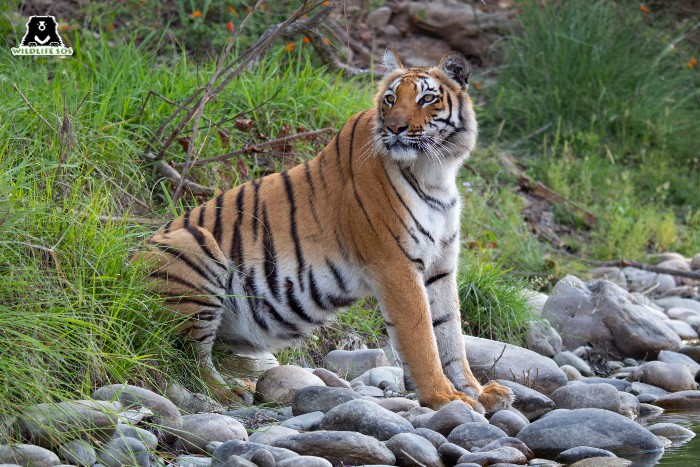
Male tigers do not share such a connection with their cubs, and it is unlikely for them to supervise their wellbeing. However, it seems wildlife is a world of wonder that can, time and again, surprise us! A rare and astonishing incident was reported in 2011 from Ranthambore Tiger Reserve in Rajasthan, where a male tiger was seen caring for orphaned cubs.
Tigers Under Threats!
Tigers form strategic social bonds for the survival of their species, however, it is also important to remember that a number of anthropogenic threats haunt them. As the human population increases, urbanisation has taken over, and many forested areas are cut down for the purpose of making new buildings and concrete jungles. This in turn has led to many human-wildlife conflicts in the country. A victim of such an incident is Gopal, a tiger rescued from adverse human encounters in Karnataka. Gopal was brought in for his care and protection to the Bannerghatta Tiger Sanctuary that is managed by Wildlife SOS and the Born Free Foundation.
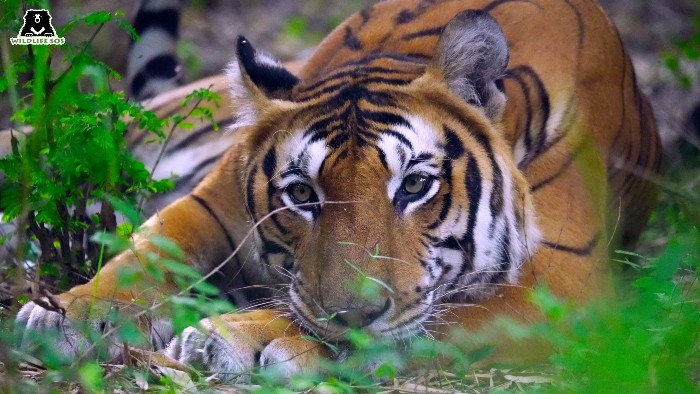
Facing increasing habitat loss and fragmentation, as well as being poached for illegal trading, tigers are listed as an Endangered species according to the IUCN Red List of Threatened Species. Since the beginning of the 20th century, there has been a decline of 97% in the global tiger population due to such inhumane activities. Wildlife SOS aims to put a stop to this! The anti-poaching team at Wildlife SOS works along with state forest departments to collect valuable information relating to wildlife trafficking and crimes. We have been actively involved in multiple operation where Bengal tiger body parts and skin were seized while they were being illegally traded. Our intent to conserve wildlife has led us to spread awareness about the importance of this beautiful feline species.
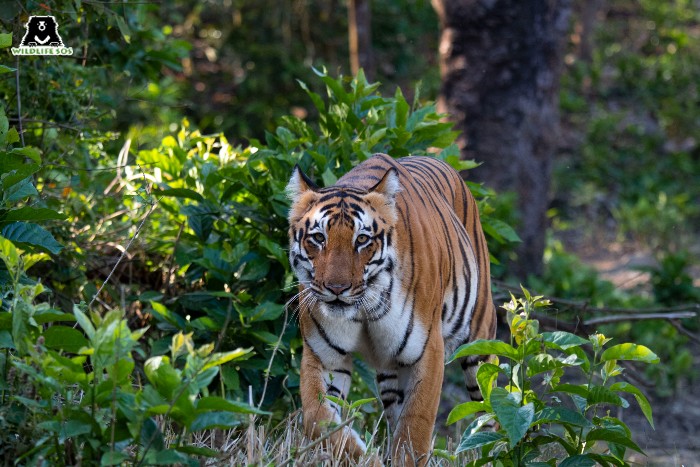
Another aspect that has come to haunt wildlife is a barrage of wildlife safaris being conducted under the veil of tourism. While safaris are an exciting adventure to explore the cohabitants of our planet, it is crucial to follow ethical wildlife tourism so as to not disturb animals — big or small — in their natural habitat.
Tigers are a keystone species, and dangers to their population severely impacts the balance of the ecosystem. You can become a part of Wildlife SOS’s conservation initiatives, and support our anti-poaching efforts by clicking here.


